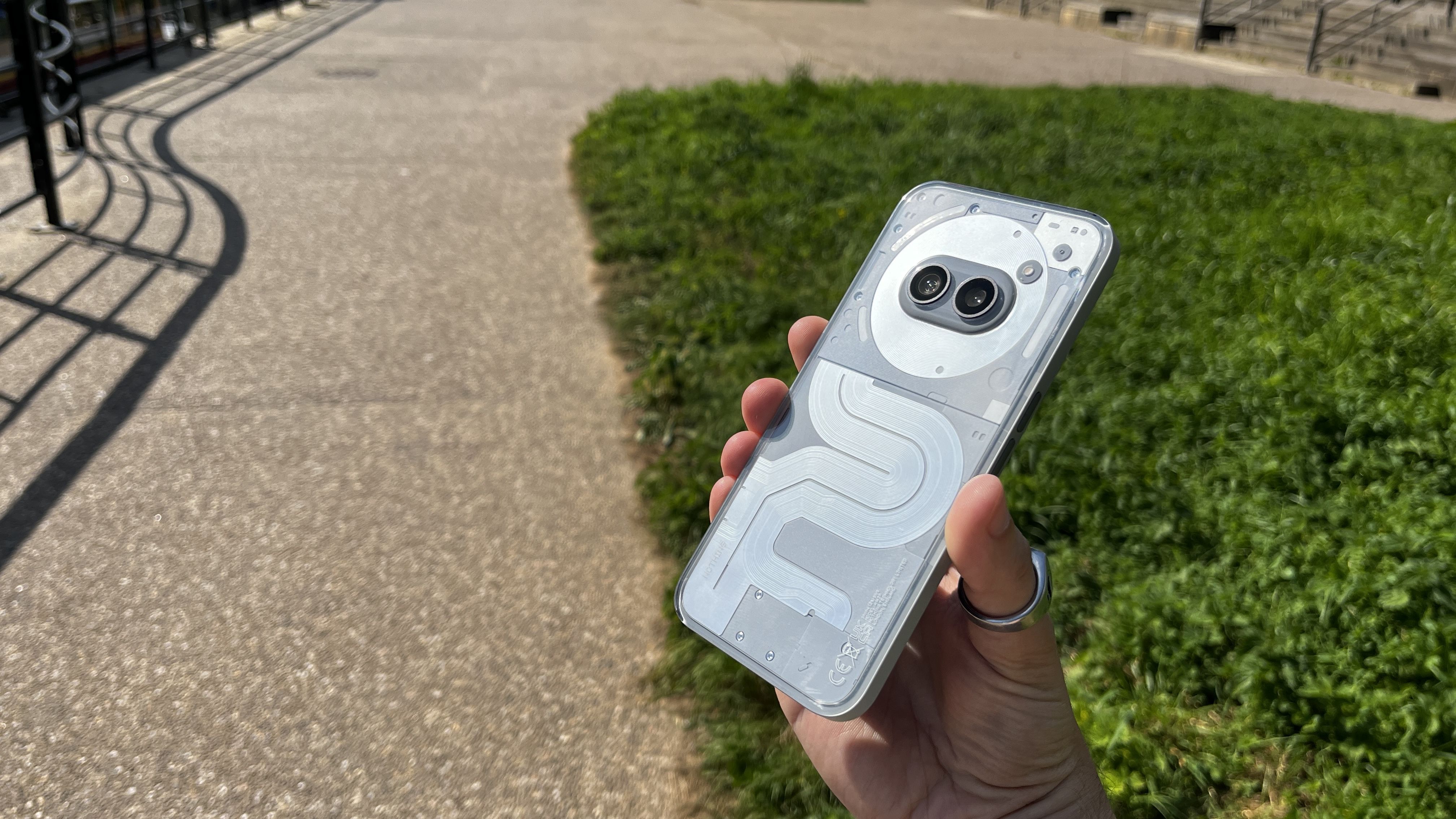Today’s Current Affairs: Apple has just announced a range of new accessibility features that will be available later this year. These features include Eye Tracking, Music Haptics, Vocal Shortcuts, and more. Eye Tracking will allow users with physical disabilities to control their iPad or iPhone with their eyes, while Music Haptics will provide a new way for users who are deaf or hard of hearing to experience music. Vocal Shortcuts will enable users to perform tasks by making custom sounds, and Vehicle Motion Cues can help reduce motion sickness when using Apple devices in a moving vehicle. These features highlight Apple’s commitment to inclusive design and innovation for all users.
## Question 1
What new accessibility feature did Apple announce for users with physical disabilities to control iPad or iPhone with their eyes?
– A) Music Haptics
– B) Vocal Shortcuts
– C) Eye Tracking
– D) Vehicle Motion Cues
Answer: C) Eye Tracking
## Question 2
What accessibility feature allows users who are deaf or hard of hearing to experience music using the Taptic Engine in iPhone?
– A) Vocal Shortcuts
– B) Listen for Atypical Speech
– C) Music Haptics
– D) Vehicle Motion Cues
Answer: C) Music Haptics
## Question 3
Which feature allows iPhone and iPad users to assign custom utterances that Siri can understand to launch shortcuts and complete complex tasks?
– A) Vocal Shortcuts
– B) Listen for Atypical Speech
– C) Eye Tracking
– D) Music Haptics
Answer: A) Vocal Shortcuts
## Question 4
What new experience for iPhone and iPad can help reduce motion sickness for passengers in moving vehicles?
– A) Vehicle Motion Cues
– B) Listen for Atypical Speech
– C) Music Haptics
– D) Eye Tracking
Answer: A) Vehicle Motion Cues
What new accessibility features did Apple announce on May 15, 2024?
Apple announced new accessibility features including Eye Tracking, Music Haptics, Vocal Shortcuts, Vehicle Motion Cues, and more features for visionOS.
How does Eye Tracking work on iPad and iPhone?
Eye Tracking allows users with physical disabilities to navigate iPad and iPhone using just their eyes. It uses the front-facing camera to set up and calibrate in seconds, and users can control the device solely with their eyes.
What is Music Haptics and how does it benefit users who are deaf or hard of hearing?
Music Haptics is a feature that allows users who are deaf or hard of hearing to experience music on iPhone by playing taps, textures, and vibrations through the Taptic Engine. It makes music more accessible to them.
What are Vocal Shortcuts and who can benefit from this feature?
Vocal Shortcuts allow iPhone and iPad users to assign custom utterances for Siri to understand and perform tasks. Users with acquired or progressive conditions affecting speech can benefit from this feature.
How does Vehicle Motion Cues help reduce motion sickness for users in moving vehicles?
Vehicle Motion Cues uses animated dots on the screen edges to represent changes in vehicle motion, reducing sensory conflict that can cause motion sickness. It responds to the user’s movement in a vehicle.
Today’s current affairs bring exciting news from Apple as they announce new accessibility features to be released later this year. These features include Eye Tracking, Music Haptics, Vocal Shortcuts, and more to make their products more inclusive and user-friendly for everyone. The Eye Tracking feature allows users with physical disabilities to control their iPad or iPhone with their eyes, while Music Haptics provides a new way for users who are deaf or hard of hearing to experience music using vibrations. Vocal Shortcuts allow users to perform tasks by making custom sounds. These updates showcase Apple's commitment to designing products that cater to all users, regardless of their abilities.









